Paulo Sousa joined Fiorentina in June, hoping to build on three successive fourth place finishes. Three months into the season and it’s looking encouraging for Fiorentina, who lead Serie A ahead of Inter. In front of fanatic supporters at the Artemio Franchi, Sousa’s team has consistently impressed in a series of strong performances. Here we take a look at the innovative and exciting tactics the Portuguese has implemented in Florence so far.
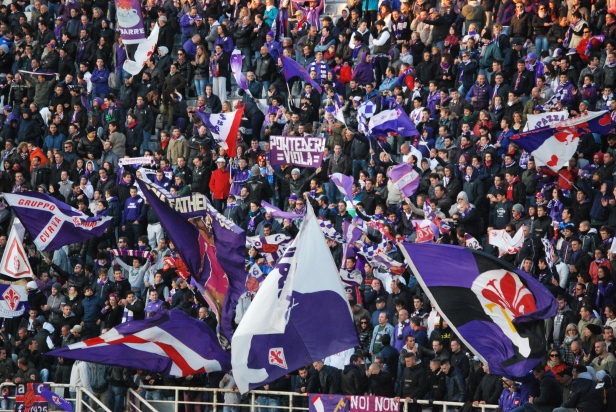
As I have personally experienced, the Fiorentina fans are passionate and fanatic.
Sousa has come into the club with fresh new ideas after previous manager Vincenzo Montella left, and so far the players have responded really well to the new coach’s methods. Fiorentina have assembled a strong squad over the last few years, and with Sousa’s meticulous approach to match the quality in the team, it’s looking very good for La Viola. They’ve impressed both in and out of possession, but it is the possession play in particular that has caught my eye. According to Squawka.com Fiorentina average 59% possession in Serie A this season, a total only Paris Saint Germain can better in Europe’s top five leagues. Not even Pep Guardiola’s FC Bayern, with their never ending search for possession superiority, can come up in a total like that.. They’ve also scored the second most goals in the Serie A, with only Roma hitting the net more often. Their style of play is not only enjoyable to watch but is evidently providing positive results too. I had the pleasure of watching Fiorentina live at the Artemio Franchi a few weeks ago, and this is what I found.
Attacking
The basic shape when Fiorentina attack is a 3-4-2-1 and can be seen below. A back three, two very attacking wing-backs down either side, a double pivot in midfield, two floating attacking midfielders and one central striker.
As you would expect, Sousa wants the team to build from the back. This means the regular back-three of Facundo Roncaglia, captain Gonzalo Rodriguez and Davide Astori needs to be very good on the ball to shift the ball quickly between each other and to feed the midfield. Astori in particular is excellent in possession, and his left foot can regularly be seen treading passes in between the oppositions lines.
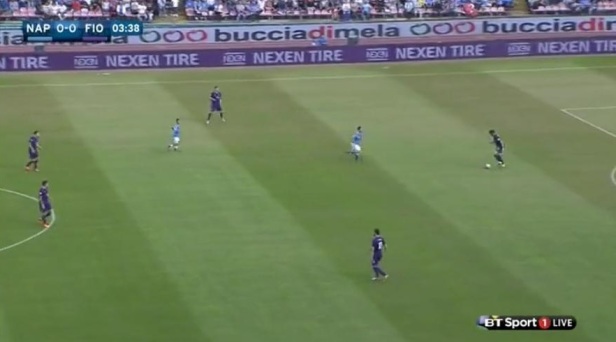
Above we can see the 3-2 formation that is created when trying to initiate attacks. The back-three is almost exclusively set up like in this illustration, with Gonzalo deeper and the other two in diagonal lines from him. The two midfielders, usually Milan Badelj and Matias Vecino, are always willing to get on the ball and are excellent at circulating possession.
Again, same basic shape. The two wing-backs, against Roma this was Jakub Blaszczykowski and Federico Bernardeschi, push on to create width in order to stretch the opposition.
The wider centre-backs don’t just stay back with Gonzalo when they progress further up the pitch either, instead going forward to help keep possession also in the attacking half. They are not afraid to go forward with ball, which gives the team even more players in the attacking phase.
Here we see Roncaglia stepping forward almost into the last-third and below we see Astori doing the same.
This type of attacking defenders are great to watch, not too dissimilar from how Guardiola utilise his defenders in possession. This attacking approach has helped Fiorentina dominate games all season, and while there is definitely risks with this, it’s refreshing to see this style of play.
Attacking midfielders in half spaces
Progressing up the pitch, the two floating attacking midfielders, or fantasista, which is usually Borja Valero and Josip Ilicic is key. They find space between the opposition lines to play in, and their main target is to set Nikola Kalinic up for chances the Croatian normally converts.
Here we can see the basic positions they pick up. They basically create a midfield box which means Fiorentina always have four players centrally behind Kalinic who is leading the line.
Width from wing-backs, Badelj and Vecino balancing in the middle and Ilicic and Valero in and around Kalinic.
Borja Valero is one of the most important players in the team. His passing ability is absolutely world class, and his positional sense is at the same level as his passing. Valero always wants to get on the ball, and one key aspect of Fiorentina’s play is his combinations with Astori. Above we see a regular sight with Astori feeding Valero a pass through Napoli’s midfield.
A similar sequence can be seen above, with Astori playing through the Roma midfield and Valero finding a position where he can go forward and threat the Roma back-four.
Again, Valero and Ilicic is in-between Roma’s midfield and defence in the left and right half spaces. A quick change of play from Badelj to Valero sees him attack Alessandro Florenzi with the wing-back Bernardeschi helping Valero to create a 2 v 1 situation against the full-back.
Below is a sequence on the other side, with Badelj finding Ilicic in a good position, but Kalinic went to early and was rightly ruled offside.
This continued use of the half spaces is a key component of Fiorentina’s game, and with the likes of Valero, Ilicic, Matias Fernandez, Bernardeschi and Giuseppe Rossi to use in these positions, Sousa’s team will always be threatening for opposition teams. Roma actually countered this rather well, with the full-backs playing more centrally and their wingers working all the way back to defend against Fiorentina’s wing-backs. This basically created a back-six for the visitors, which worked as Fiorentina couldn’t beat Roma on the night, losing 2-1, despite creating plenty of chances in a really good game.
Defending
Many teams who utilise a back-three and have two wing-backs further up the pitch change to a back-five when they defend. Paulo Sousa’s Fiorentina however, does not. Instead, the left-wing back (against Roma, Bernardeschi) drop in to create a back-four with the right-sided centre back (Roncaglia) becoming the right full-back instead. The right wing-back (Blaszczykowski) becomes a right midfielder and the left-sided fantasista (Valero) becomes a left midfielder. This creates a 4-4-1-1 shape when defending, as can be seen below.
What is interesting is that it’s always the right-sided centre back who becomes the new right full-back, and it’s always the left wing-back and the left fantasista who move a step back. The reason for this is the fact that both Roncaglia and Nenad Tomovic, the two players competing for the right-sided centre back slot, is naturally full-backs while Astori is a centre back. So when Fiorentina defend, Astori slots in to the role he feels most comfortable in, and the same goes for Roncaglia and Tomovic who then can provide aggressive and energetic pressing on the right. Marcos Alonso and Manuel Pasqual are both left full-backs naturally and therefore have had no problems with defending as one when they have played. In the Roma game, however, Federico Bernardeschi played the role. Bernardeschi is one of Italy’s brightest talents and have usually been seen as a number 10 or a winger, but adjusted to the full-back role easily and defended well throughout. He’s continued in the role, and his attributes going forward gives the side even more attacking quality.
Here we can see an example of the different defensive positions for Blaszczykowski and Bernardeschi. Also note Roncaglia in the bottom left corner playing as a full-back.
From the Napoli game, two banks of four with Valero as a left midfielder and Alonso left full-back. Astori has moved in to the centre with Gonzalo, and Tomovic is the full-back on the right.
Another example of the two banks of four and then Bernardeschi, circled, hanging in the number 10 role. Below you can see the full team, defending in a 4-4-1-1 shape.
When defending, Fiorentina provide aggressive pressing to win the ball back. They try to win the ball back straight away when losing it, and otherwise retreat to create a solid shape. They also move many players over to the side where the ball is in order to press collectively and stop the opposition from establishing easy possession. Below is three examples of Sousa’s side trying to make it tight. Lots of players combining to try and win the ball back.
Above you can also see what I meant with Roncaglia providing aggressive pressing, he’s in Roma’s third to press Gervinho, and gets good help from his teammates.
I also find the positioning in the below illustration very interesting. Blaszczykowski and Ilicic both pick up positions where they can press two players and basically stop two possible passes each. If Blaszczykowski goes to Digne, Badelj will step in to press Pjanic. And if Ilicic would go to Pjanic, Valero would come in to press De Rossi. Kalinic is forcing Rüdiger wide and Roma are forced to go long. There are many examples of sequences like this one, and surely that is because of meticulous coaching from Sousa on the training pitch.
Summary
To conclude, Fiorentina is a tactically fascinating team to follow this season. They press collectively and defend as a unit. When going forward they average the second most possession in Europe and both create a lot of chances as well as scoring lots of goals. Their shape change from when they’re in and out of possession, and while that isn’t new I can’t remember this type of approach before. Paulo Sousa’s way of finding a style that suits all of his players is very impressive, and the players are evidently flourishing.
Do they have enough to win the Scudetto? I still think they need an extra defender as they would find it problematic with an injury to Astori or Gonzalo, so it wouldn’t surprise me if Sousa signs a defender in January. Also, very few of these players have been involved in a title race before, so experience might be lacking. However, in the most open title race in Serie A for ages you can’t be sure about anything. Fiorentina’s goal is probably to get back into the Champions League, but if they’re still in and around top spot in April you can’t bet against a title push. Even if they fail to reach the Champions League and finish fourth again, it will have been fun to watch them as Sousa has created one of the most entertaining teams in Europe.
Follow @DaveSelini on twitter.
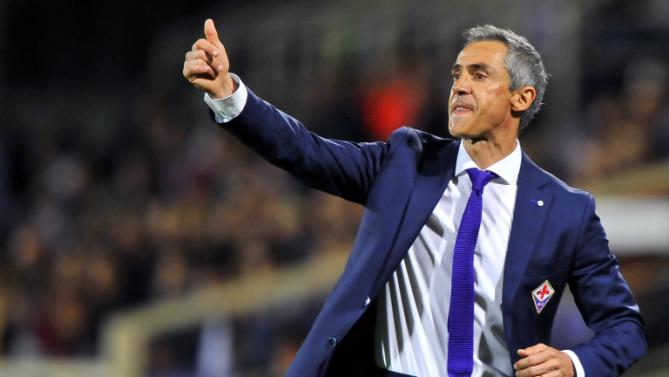
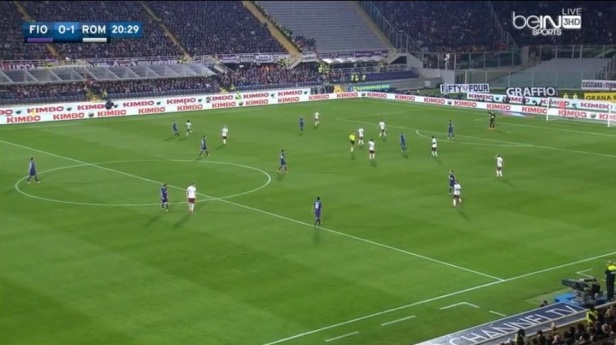
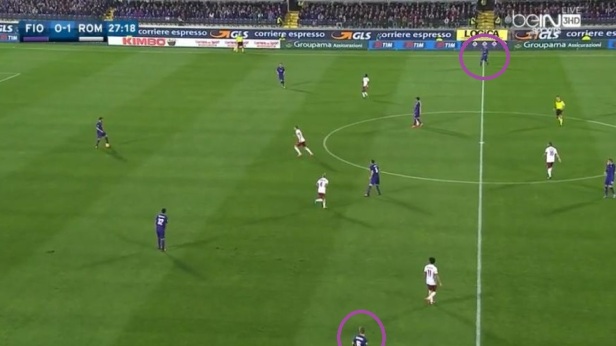
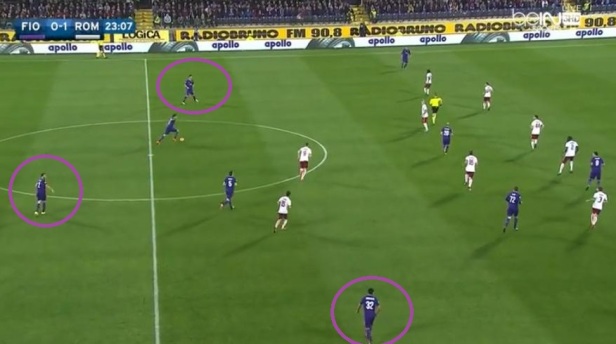
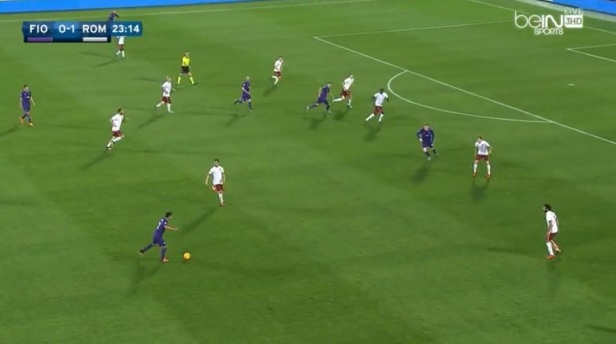
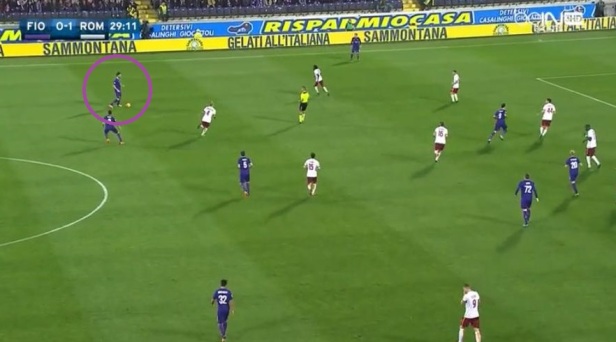
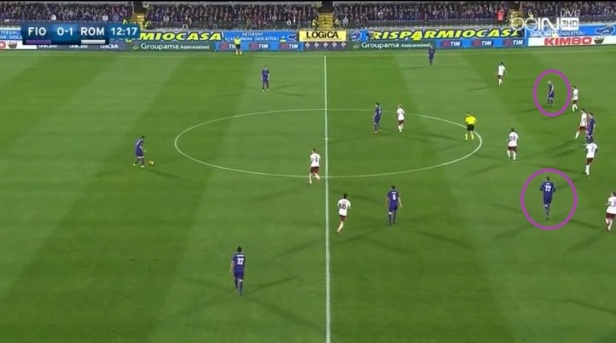
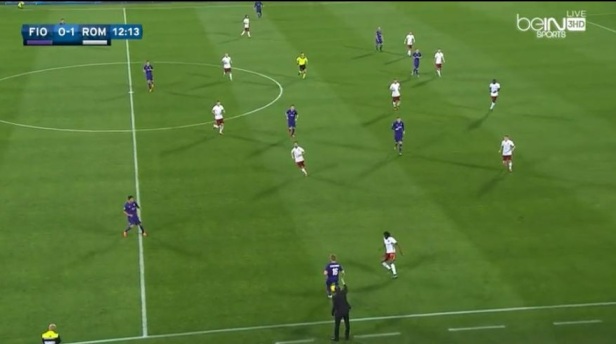
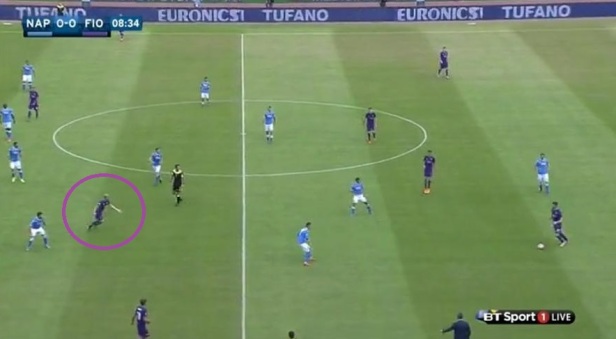
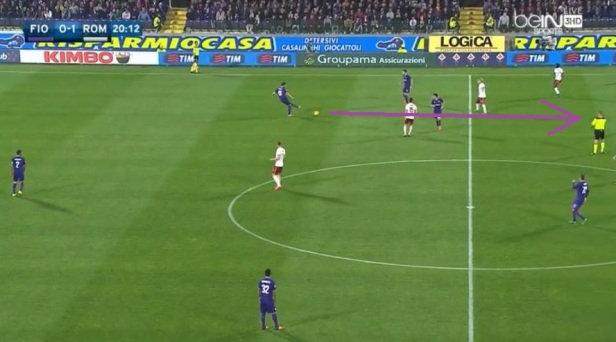
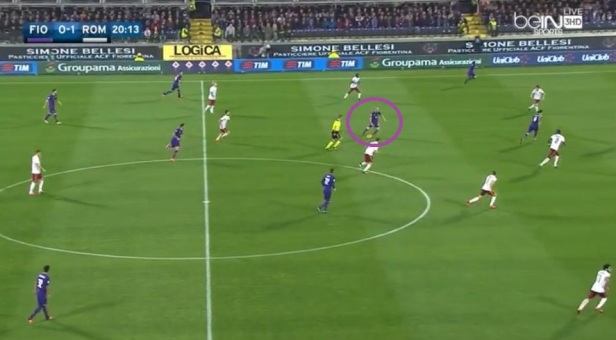
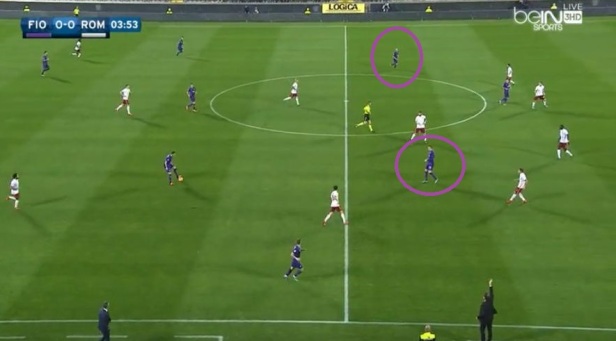
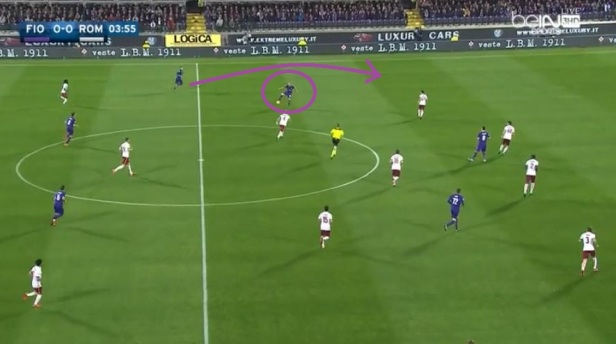
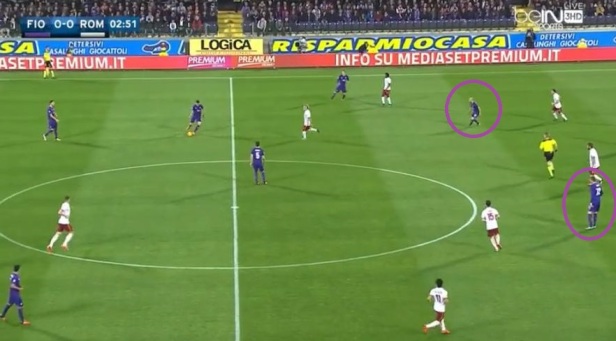
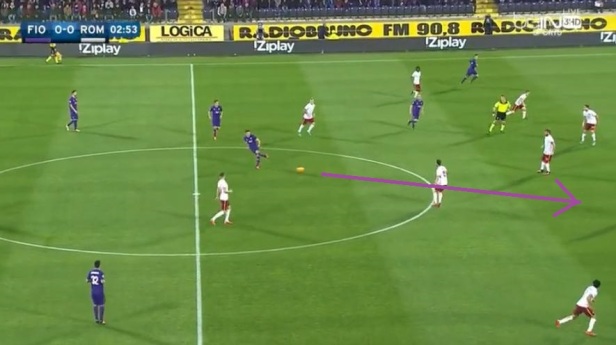
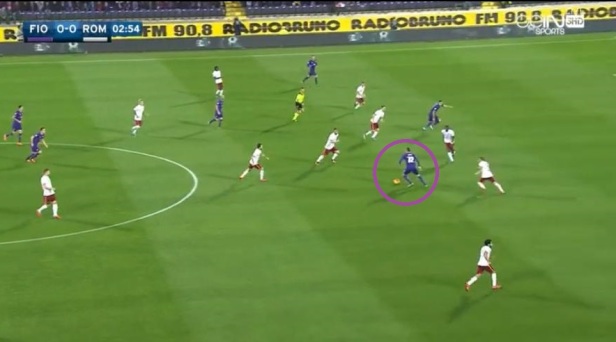
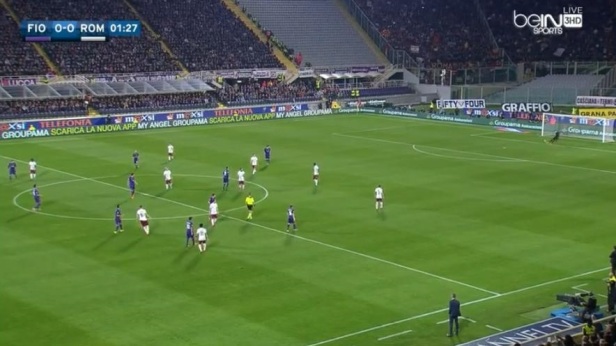
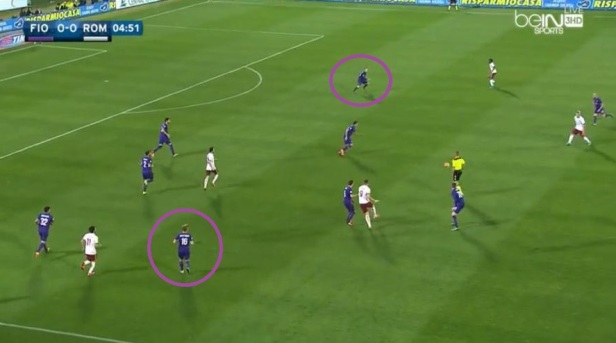
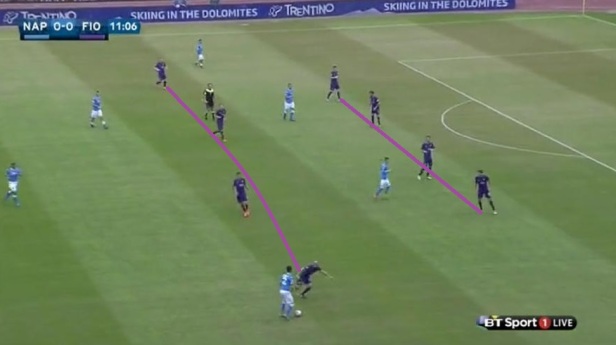
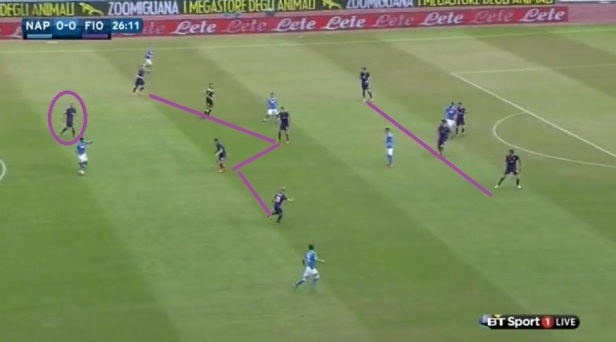
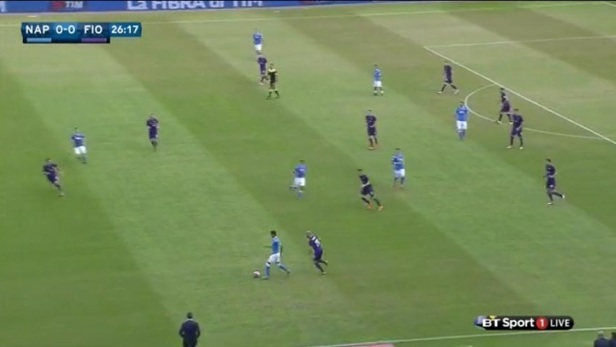
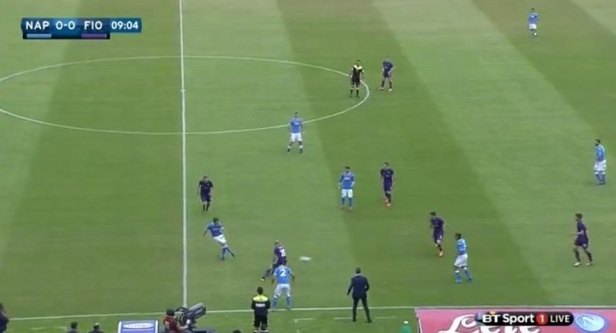
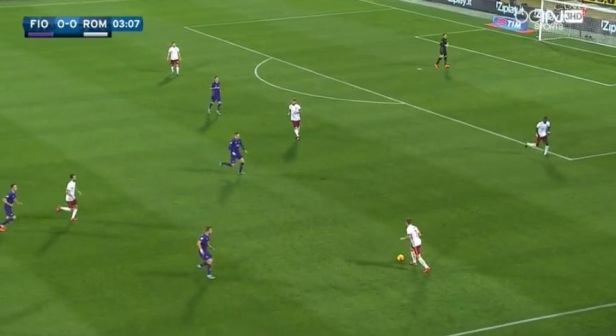
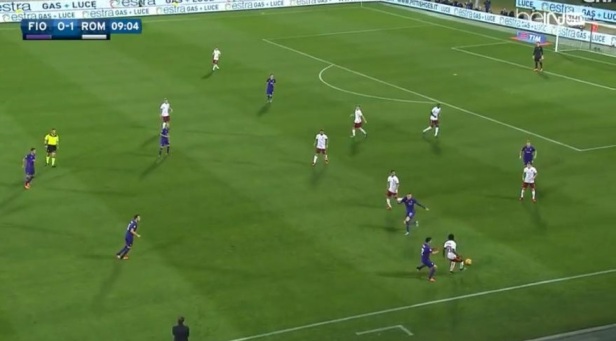
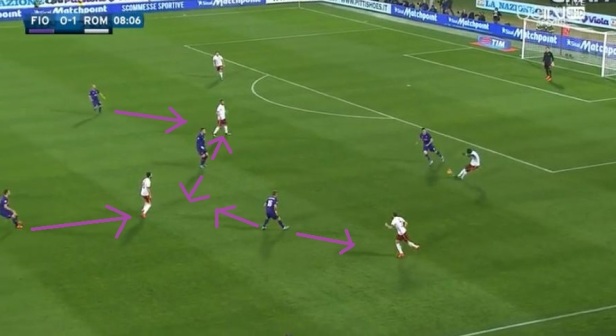
Just to understand correctly, are you stating that Bayern Munich have less possession than Fiorentina?
Yes. Bayern average 58% per game, while Fiorentina average 59% per game. PSG lead the way with 60%.
According to whoscored.com, Bayern average 67.9% and Fiorentina 61.0% – where do you get your data? 🙂
Squawka. Weird that the difference is that big!